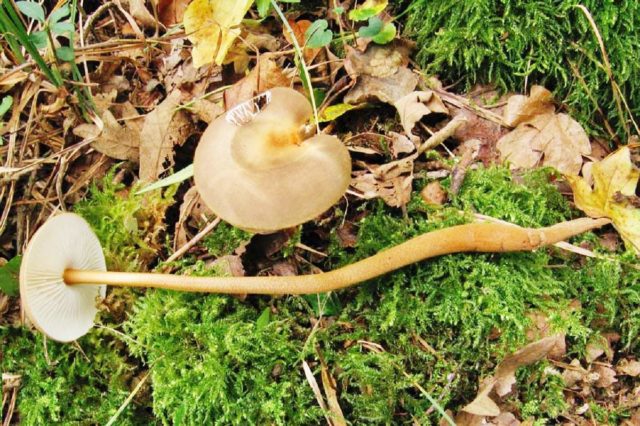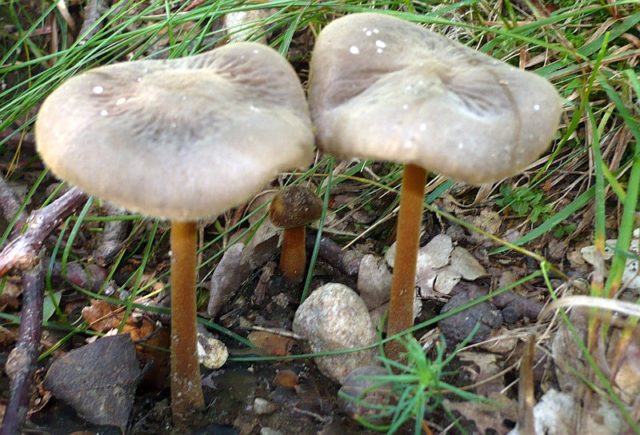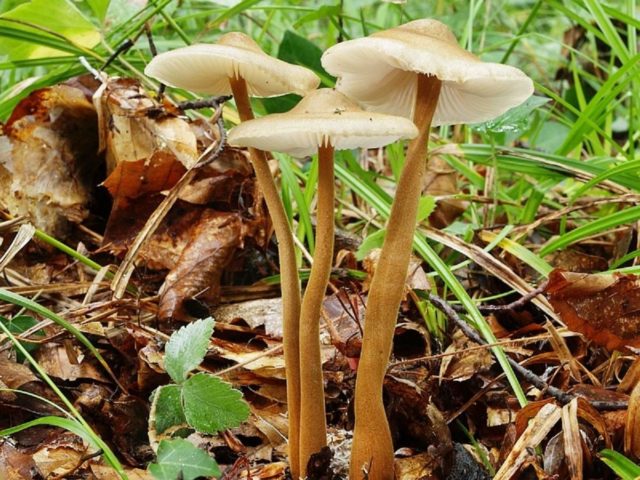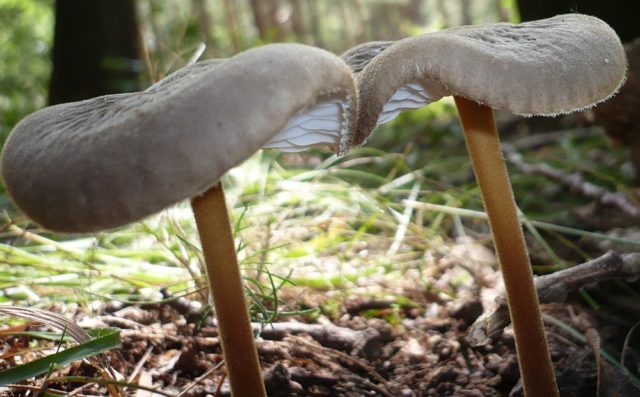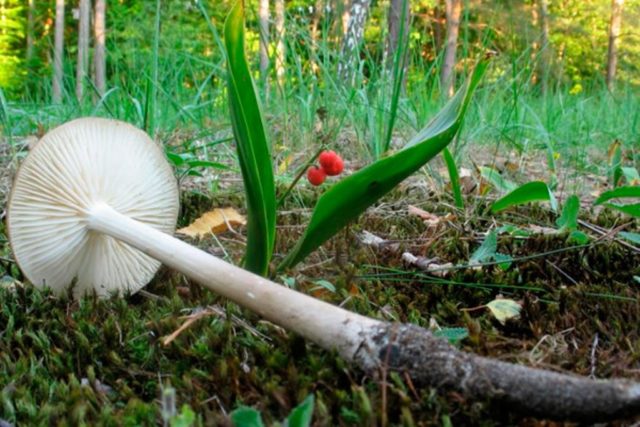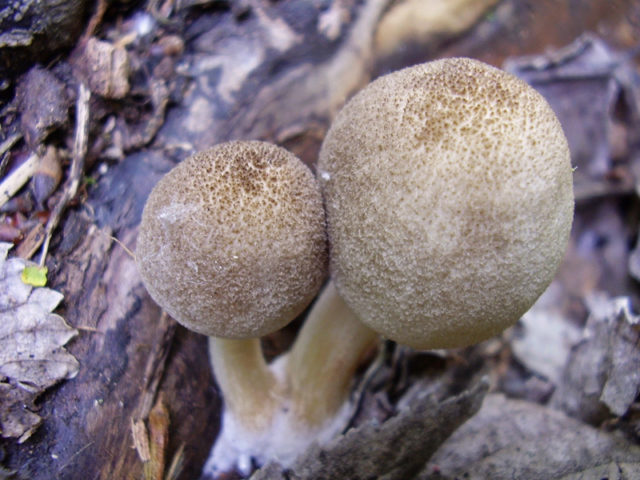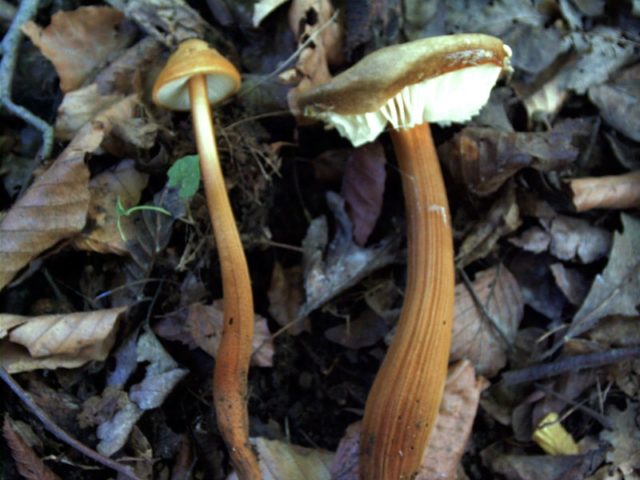Content
Xerula long-legged is an edible mushroom that affects mushroom pickers with a very long, thin leg and a fairly large cap. Often the species is confused with a poisonous specimen and passes by, not knowing that the mushroom has a good aroma and taste. But before collecting unfamiliar varieties, you need to study the description and carefully look at the photo so as not to collect false doubles in the basket.
What does Xerula long-legged look like?
Xerula long-legged, or Hymnopus long-legged, is an interesting representative of the mushroom kingdom. In order not to be mistaken in the choice, you must first have an idea of the appearance of the mushroom:
Description of the hat
This species is distinguished by a small cap, up to 80 mm in diameter. At a young age, it is convex, straightens with age, and the edges are bent upward. The central tubercle remains, then depressions and wrinkles appear. Dry, velvety, dense skin is colored lemon brown or dark gray. On the lower part there are rare snow-white plates, partially connected to the leg.
Xerula reproduces by colorless elliptical spores in a spore powder.
Leg description
The species got its name because of the thin, very long legs. Its thickness is about 30 mm, and its length is up to 15 cm. The leg is buried in the ground, which makes the mushroom more resistant. The shape can be round-cylindrical or flat. Thin velvety scales are colored to match the color of the cap.
Is the mushroom edible or not
A rare specimen is edible. It has snow-white tasty pulp, with a light pleasant aroma. Therefore, delicious stewed, salted, pickled and fried dishes are obtained from it.
Where and how it grows
The long-legged hymnopus is a rare specimen. It prefers to grow on stumps, in the dust, on the roots of deciduous trees. The fungal representative grows in small groups. The fruiting period is July-October.
Doubles and their differences
In order not to be mistaken during mushroom hunting, you need to know that Gymnopus has doubles. These include:
- Colibia root - an edible look, very similar to a long nail with a small mucus cap, colored brown. When squeezed, the root part does not change shape and remains rounded.
- Scaly rods - an inedible specimen, which is distinguished by a gray cap with non-adherent plates. Fruiting occurs from late spring to early July.
Important! Scaly barnacles can cause food poisoning.
- Collibia fusiform Is a poisonous variety. It has a tough flesh and a reddish-brown cap that discolors with age. Fruiting occurs from late spring to mid-summer.
- Xerula hairy - refers to conditionally edible representatives of the mushroom kingdom. You can recognize it by a long leg and a large hat with a fleecy bottom. In adult specimens, the edges are strongly curved upward, which makes it easy to see thin plates. Prefers to grow in groups in mixed forests. Fruiting occurs from mid-summer to late September.
Conclusion
Long-legged Xerula is a rare species that prefers to grow in deciduous forests. The edible mushroom, thanks to its delicious pulp and delicate aroma, is used to prepare a variety of dishes.
